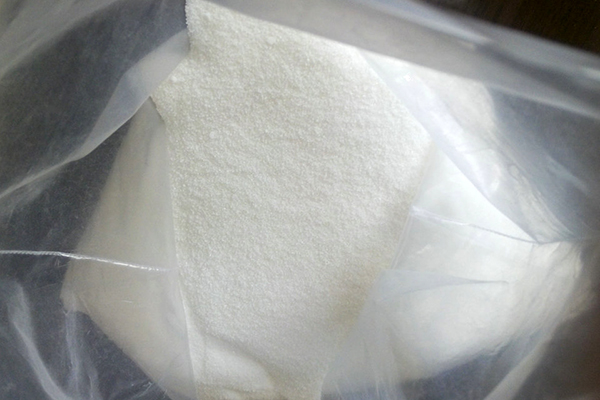How to use sodium metabisulfite
Reference standard for sodium metabisulfite:
The hygienic standard for the use of food additives in my country (GB2760-86) stipulates the use standard of sodium metabisulfite: wine and fruit wine. 0.25g/kg; sugar, bamboo shoots, candied fruit, biscuits, canned food, vermicelli, sugar should not exceed 0.05g/kg, and brown sugar and other varieties should not exceed 0.1g/kg.
Sodium metabisulfite products are classified into industrial grade and food grade, and their quality indicators are different. Industrial grade sodium metabisulfite is widely used. Used for purification of chloroform, phenylpropyl sulfone and benzaldehyde in the pharmaceutical industry; used as a coagulant in the rubber industry; used as a dechlorinating agent for cotton bleaching, cotton cloth smelting aid and mordant for printing and dyeing in the printing and dyeing industry; for the leather industry Used in leather processing, it can make leather soft, plump and tough, with waterproof, flexural, abrasion resistance and other properties; used in the chemical industry for the production of hydroxyvanillin, hydroxylamine hydrochloride, etc.; used in the photosensitive industry as a developer. Food grade sodium metabisulfite can be used as bleaching agent and leavening agent for biscuits and cakes, nutrient retention agent for dehydration of vegetables, preservative for storing fruits, sterilization preservative for brewing and beverages, etc. Below we discuss in detail the two applications of our focusing sodium sulfite.
At present, in the processing and preservation of light-colored vegetables in my country, such as mushrooms, lotus root, horseshoe, white asparagus, yam and other products. Sodium metabisulfite solution is often used for color protection, of course, there are some differences in the processes of various factories. For example, in the processing of canned mushrooms, wet mushrooms are used for the transportation of fresh mushroom raw materials to the processing plant, and wet mushrooms are also used. Dry shipping. Generally, at the time of purchase, the fresh mushrooms are soaked twice in water with 0.03% sodium metabisulfite solution for 1 to 2 minutes each time, then soaked in a covered wooden barrel and transported back to the factory, then 0.07 to 0.1% citron Sour pre-boiled for 5.7 minutes, so the processed mushrooms have good color and flavor. The color and flavor of the canned mushrooms processed by the raw materials after color protection are good, and the residual amount of sulfur dioxide in the finished product after pre-cooking and rinsing will not exceed 10g/kg.
In my country's biscuit industry, sodium metabisulfite is used as a biscuit dough modifier. Before use, it is formulated into a 20% solution. During the dough preparation process, it is added to the unripe dough in portions. Due to the weakening effect of the sulfur dioxide released by sodium metabisulfite during dough preparation on the gluten strength of the dough, adding a small amount to the strength and toughness of the flour gluten can prevent the deformation of the finished biscuit due to excessive gluten strength. Tough dough can be added according to the gluten strength. Generally, it is not used in crunchy dough and sweet crunchy dough with a high proportion of oil and sugar. This is because the addition of oil and sugar has already prevented the gluten protein from swelling and preventing the water from swelling. A large amount of gluten is formed without adding sodium metabisulfite.

